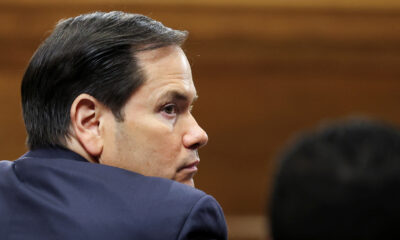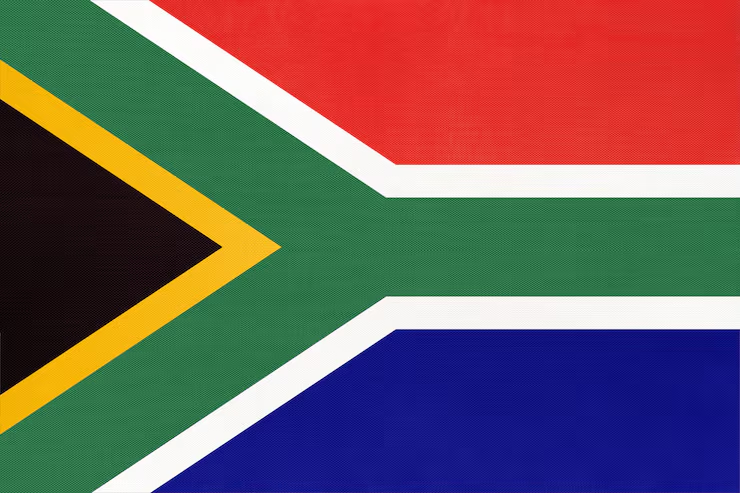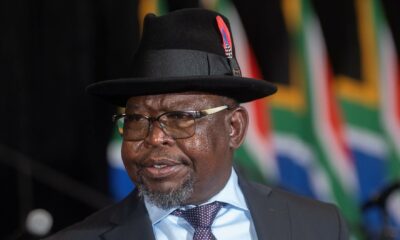Business
Woolworths Reports R7.3 Billion Loss as Australian Operations Weigh Down Local Success

A financial year of contrasts
Woolworths has long been one of South Africa’s most trusted retailers, synonymous with premium food aisles, smart fashion ranges, and its loyal “Woolies” shoppers. But the group’s latest financial results show just how difficult it can be to balance success at home with struggles abroad.
For the year ended 29 June 2025, Woolworths swung from a healthy R2.94 billion profit in 2024 to a staggering R7.3 billion loss. The culprit? Heavy impairments tied to its Australian operations, particularly the Country Road Group and its lingering association with the now-sold David Jones chain.
The numbers behind the fall
Revenue tumbled 30.56% to R2.23 billion, while expenses ballooned to R9.24 billion. The bulk of the red ink came from an R8.94 billion impairment linked to Country Road, alongside another R584 million impairment from Osiris Holdings, connected to the disposal of David Jones.
Despite the bloodbath in Australia, Woolworths’ South African business told a very different story.
-
Woolworths Food: Turnover and concession sales rose 11%, with comparable store growth of 7.7%. Even without its Absolute Pets acquisition, food sales jumped 9.2%.
-
Woolies Dash: The on-demand delivery service grew sales by a whopping 41.6%.
-
Online sales: Food sales online climbed 32.9%, now making up 6.6% of total food sales.
-
Fashion, Beauty, and Home: Turnover grew 4.7%, with comparable sales up 5.1%, though profit margins slipped due to promotions and distribution centre costs.
In other words, South Africans kept filling their Woolies baskets, both in-store and online, showing the resilience of the retailer’s premium food strategy.
Australia’s pain becomes Woolies’ burden
Country Road Group, trading in Australia and New Zealand, has been undergoing a painful restructuring. Sales there fell 5.4% overall and 6.8% on a comparable-store basis. The brand’s profit margin dropped nearly four percentage points, squeezed by aggressive discounting and a weaker Australian dollar.
The situation has reignited conversations in South Africa about Woolworths’ expansion strategy. Many shoppers and analysts still remember the ill-fated David Jones deal, which cost the retailer billions and left scars on its balance sheet. On X (formerly Twitter), one user quipped: “Woolies Food keeps us fed, but Australia keeps them broke.”
Leadership response and outlook
CEO Roy Bagattini struck a hopeful note, insisting the “heavy lifting” of restructuring is behind the group. “Our premium food business continues to deliver, and we’ve repositioned our apparel divisions for growth,” he said.
Still, the outlook remains cautious. Consumer spending is under pressure both in South Africa and Australia, while global uncertaintyincluding the possibility of higher US tariffs adds another layer of risk.
Despite the loss, Woolworths declared a final dividend of 81 cents per share, bringing the total dividend for the year to 188 cents.
A familiar lesson for Woolies
For South Africans, the results feel like déjà vu. Woolworths’ food aisles remain a symbol of middle-class aspiration, and the business continues to thrive locally. But its overseas ventures have repeatedly turned into financial headaches.
As one retail analyst noted: “If Woolworths had stuck to what it does bestfood and premium retail in South Africait would still be posting record profits. Australia is proving an expensive distraction.”
The question now is whether the retailer can finally put its offshore missteps behind it and allow the local success story to shine through.
{Source: Daily Investor}
Follow Joburg ETC on Facebook, Twitter , TikTok and Instagram
For more News in Johannesburg, visit joburgetc.com


























